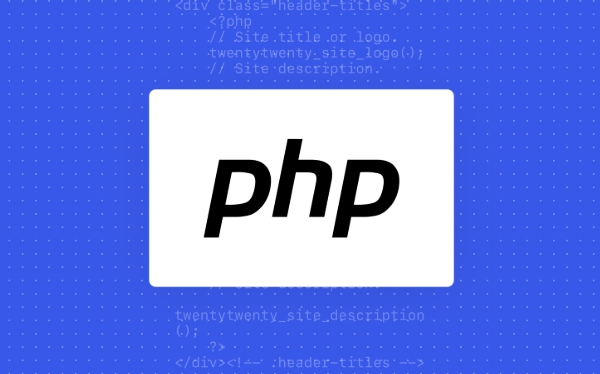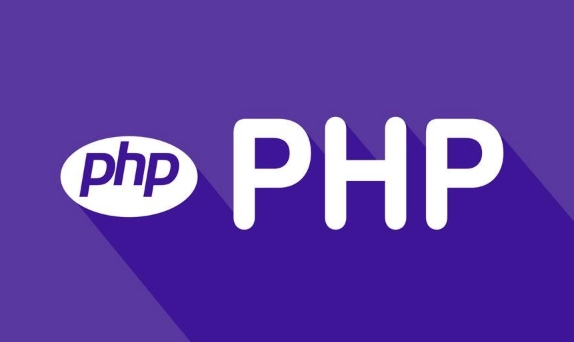Mastering PHP Block Comments
PHP block comments are useful for writing multi-line explanations, temporarily disabling code, and generating documentation. They should not be nested or left unclosed. Block comments help in documenting functions with PHPDoc, which tools like PhpStorm use for auto-completion and error checking. Common pitfalls include nesting block comments, forgetting to close them, and overusing them for temporary changes. Teams should agree on formatting rules for consistency. Deleting old commented-out code is better than leaving it cluttered. Proper usage of block comments improves code readability and maintainability.

PHP block comments are one of those tools that seem simple on the surface but can make a big difference in how readable and maintainable your code is. They’re not just for hiding code temporarily — they’re also great for writing multi-line explanations, documenting complex logic, or even generating documentation with tools like PHPDoc.

When to Use Block Comments
Block comments (/* ... */) are best when you need to write something longer than a single line. Unlike inline comments (//), which are perfect for quick notes, block comments let you spread out a bit.
- If you're explaining a tricky algorithm or a business rule that spans multiple steps
- When you want to temporarily disable a chunk of code during testing
- For writing headers at the top of files that describe what the file does
A common example is commenting out a function while debugging:

/*
function maybeBrokenFunction() {
// some logic here
}
*/Just be careful not to nest them — /* inside /* another */ comment */ won’t work as expected.
How Block Comments Help with Documentation
If you use PHPDoc (which many IDEs and tools rely on), block comments become part of your workflow. You’ll often see them right above functions, classes, or constants.

For instance:
/**
* Calculates total price after applying discounts.
*
* @param float $basePrice
* @param array $discounts
* @return float
*/
function calculateFinalPrice($basePrice, $discounts) {
// ...
}This kind of commenting isn’t just for humans — tools like PhpStorm or PHPStan can parse this info and give better auto-completion or error checking. So it’s worth taking a few extra seconds to format these properly.
Avoiding Common Pitfalls
Even though block comments are straightforward, there are a couple of gotchas people run into:
- Nesting doesn't work — As mentioned earlier, trying to nest block comments will break your code. It's easy to forget when scanning through someone else’s code.
-
Forgetting to close them — This one’s classic. An open
/*without a matching*/can cause syntax errors that might take a minute to track down. - Overusing them for temporary changes — Sure, it’s handy to comment out a few lines, but if you leave old commented-out code lying around, it clutters things up. If it's not coming back soon, delete it.
Also, if you're working in a team, make sure everyone understands the preferred style. Some teams prefer certain indentation or formatting rules inside block comments, especially for documentation.
That’s basically all there is to using PHP block comments effectively. They’re simple, useful, and can save time both for you and anyone else reading your code later. Just keep an eye on nesting and closing tags, and don’t let old test comments pile up.
The above is the detailed content of Mastering PHP Block Comments. For more information, please follow other related articles on the PHP Chinese website!

Hot AI Tools

Undress AI Tool
Undress images for free

Undresser.AI Undress
AI-powered app for creating realistic nude photos

AI Clothes Remover
Online AI tool for removing clothes from photos.

Clothoff.io
AI clothes remover

Video Face Swap
Swap faces in any video effortlessly with our completely free AI face swap tool!

Hot Article

Hot Tools

Notepad++7.3.1
Easy-to-use and free code editor

SublimeText3 Chinese version
Chinese version, very easy to use

Zend Studio 13.0.1
Powerful PHP integrated development environment

Dreamweaver CS6
Visual web development tools

SublimeText3 Mac version
God-level code editing software (SublimeText3)

Hot Topics
 A Simple Guide to PHP Setup
Jul 18, 2025 am 04:25 AM
A Simple Guide to PHP Setup
Jul 18, 2025 am 04:25 AM
The key to setting up PHP is to clarify the installation method, configure php.ini, connect to the web server and enable necessary extensions. 1. Install PHP: Use apt for Linux, Homebrew for Mac, and XAMPP recommended for Windows; 2. Configure php.ini: Adjust error reports, upload restrictions, etc. and restart the server; 3. Use web server: Apache uses mod_php, Nginx uses PHP-FPM; 4. Install commonly used extensions: such as mysqli, json, mbstring, etc. to support full functions.
 Commenting Out Code in PHP
Jul 18, 2025 am 04:57 AM
Commenting Out Code in PHP
Jul 18, 2025 am 04:57 AM
There are three common methods for PHP comment code: 1. Use // or # to block one line of code, and it is recommended to use //; 2. Use /.../ to wrap code blocks with multiple lines, which cannot be nested but can be crossed; 3. Combination skills comments such as using /if(){}/ to control logic blocks, or to improve efficiency with editor shortcut keys, you should pay attention to closing symbols and avoid nesting when using them.
 Tips for Writing PHP Comments
Jul 18, 2025 am 04:51 AM
Tips for Writing PHP Comments
Jul 18, 2025 am 04:51 AM
The key to writing PHP comments is to clarify the purpose and specifications. Comments should explain "why" rather than "what was done", avoiding redundancy or too simplicity. 1. Use a unified format, such as docblock (/*/) for class and method descriptions to improve readability and tool compatibility; 2. Emphasize the reasons behind the logic, such as why JS jumps need to be output manually; 3. Add an overview description before complex code, describe the process in steps, and help understand the overall idea; 4. Use TODO and FIXME rationally to mark to-do items and problems to facilitate subsequent tracking and collaboration. Good annotations can reduce communication costs and improve code maintenance efficiency.
 Improving Readability with Comments
Jul 18, 2025 am 04:46 AM
Improving Readability with Comments
Jul 18, 2025 am 04:46 AM
The key to writing good comments is to explain "why" rather than just "what was done" to improve the readability of the code. 1. Comments should explain logical reasons, such as considerations behind value selection or processing; 2. Use paragraph annotations for complex logic to summarize the overall idea of functions or algorithms; 3. Regularly maintain comments to ensure consistency with the code, avoid misleading, and delete outdated content if necessary; 4. Synchronously check comments when reviewing the code, and record public logic through documents to reduce the burden of code comments.
 Quick PHP Installation Tutorial
Jul 18, 2025 am 04:52 AM
Quick PHP Installation Tutorial
Jul 18, 2025 am 04:52 AM
ToinstallPHPquickly,useXAMPPonWindowsorHomebrewonmacOS.1.OnWindows,downloadandinstallXAMPP,selectcomponents,startApache,andplacefilesinhtdocs.2.Alternatively,manuallyinstallPHPfromphp.netandsetupaserverlikeApache.3.OnmacOS,installHomebrew,thenrun'bre
 Writing Effective PHP Comments
Jul 18, 2025 am 04:44 AM
Writing Effective PHP Comments
Jul 18, 2025 am 04:44 AM
Comments cannot be careless because they want to explain the reasons for the existence of the code rather than the functions, such as compatibility with old interfaces or third-party restrictions, otherwise people who read the code can only rely on guessing. The areas that must be commented include complex conditional judgments, special error handling logic, and temporary bypass restrictions. A more practical way to write comments is to select single-line comments or block comments based on the scene. Use document block comments to explain parameters and return values at the beginning of functions, classes, and files, and keep comments updated. For complex logic, you can add a line to the previous one to summarize the overall intention. At the same time, do not use comments to seal code, but use version control tools.
 Learning PHP: A Beginner's Guide
Jul 18, 2025 am 04:54 AM
Learning PHP: A Beginner's Guide
Jul 18, 2025 am 04:54 AM
TolearnPHPeffectively,startbysettingupalocalserverenvironmentusingtoolslikeXAMPPandacodeeditorlikeVSCode.1)InstallXAMPPforApache,MySQL,andPHP.2)Useacodeeditorforsyntaxsupport.3)TestyoursetupwithasimplePHPfile.Next,learnPHPbasicsincludingvariables,ech
 Mastering PHP Block Comments
Jul 18, 2025 am 04:35 AM
Mastering PHP Block Comments
Jul 18, 2025 am 04:35 AM
PHPblockcommentsareusefulforwritingmulti-lineexplanations,temporarilydisablingcode,andgeneratingdocumentation.Theyshouldnotbenestedorleftunclosed.BlockcommentshelpindocumentingfunctionswithPHPDoc,whichtoolslikePhpStormuseforauto-completionanderrorche







